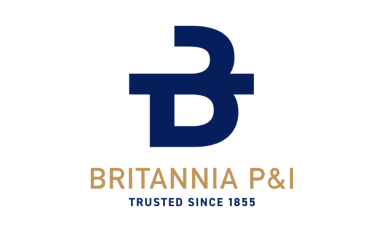
John Southam, Loss Prevention Executive, and David Richards, Director (Claims), both from North P&I Club, offer lessons learned and discuss avoidable claims related to the carriage of finished and semi-finished steel products which continue to remain an issue.
The issues highlighted by North P&I include the importance of recording the preload condition and defending yourself against allegations of unseaworthiness with strong evidence.
In some recent cases it became apparent that the preload condition of the steel cargo was poor, whether it was physical damage through impact or corrosion damage from wetting. And when such damage to the cargo is noted at discharge, a high value claim can result. Continue reading “Lessons learned from wet damage steel product claims”


 The London Club published guidance regarding Flexible Intermediate Bulk Containers (FIBCs) and Dry Chemicals. The guide presents common hazards, as well as lessons learned for a safe operation onboard.
The London Club published guidance regarding Flexible Intermediate Bulk Containers (FIBCs) and Dry Chemicals. The guide presents common hazards, as well as lessons learned for a safe operation onboard.

 The recently published Casebook by
The recently published Casebook by  In a recently published casebook featuring four case studies,
In a recently published casebook featuring four case studies,  Following the surprise runaway success of the first edition of the Safety & Loss Prevention Briefings Compendium, published in January 2022 by the International Institute of Marine Surveying (IIMS), and subsequently downloaded many thousands of times, Edition II has been launched covering the period January to October 2022. It is now available to download and read in pdf or eReader formats.
Following the surprise runaway success of the first edition of the Safety & Loss Prevention Briefings Compendium, published in January 2022 by the International Institute of Marine Surveying (IIMS), and subsequently downloaded many thousands of times, Edition II has been launched covering the period January to October 2022. It is now available to download and read in pdf or eReader formats.
 The publishing of a whitepaper by insurance providers
The publishing of a whitepaper by insurance providers 